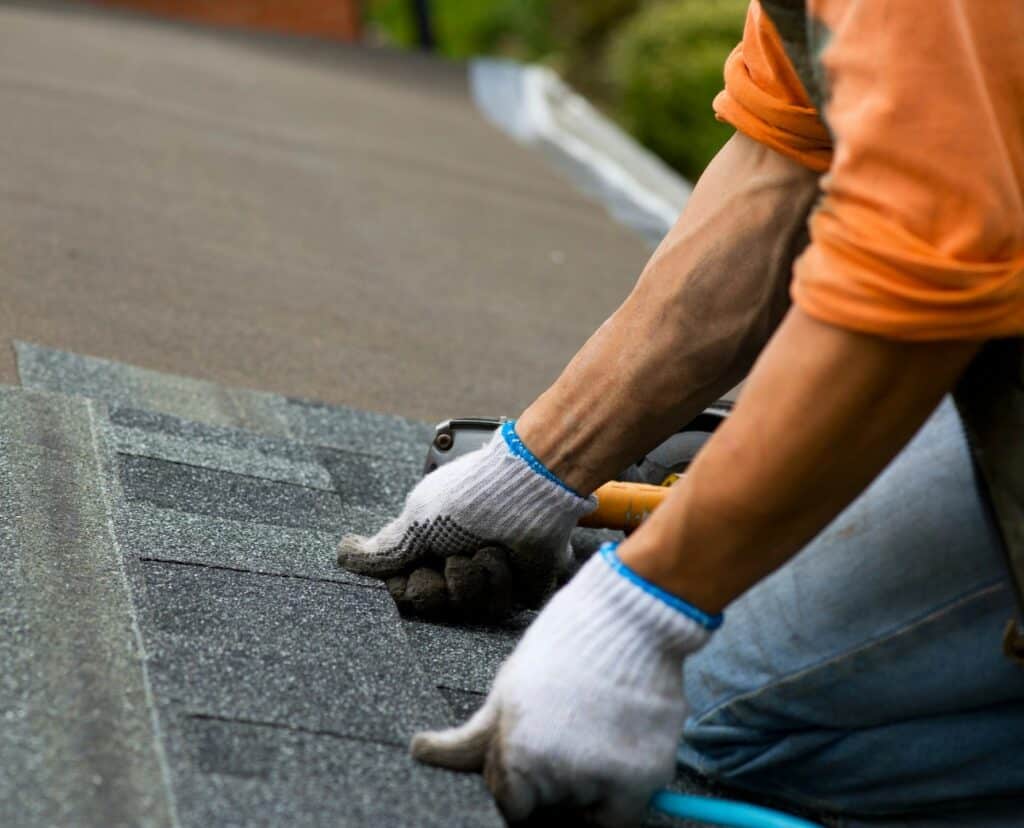Asphalt shingles are an extremely popular roofing option used around the globe. Hundreds of thousands of homes have shingles on their homes protecting their roofs at this very moment. This raises the question; where did shingles come from, when did we start using them, and how did shingles evolve to what they are today?
Before we had the asphalt shingles we know today, a rudimentary method of applying paper and sand was used. In the 1800’s roofers would lay down a fabric/paper and coat it with some form of sticky adhesive (usually pine tar). They would then spread the tar with sand, shell, or other readily available granular material.
Roofers experimented with many different materials throughout the years. Using different tars and applications trying to find the best and most affordable way to cover a roof with protective granules. It wasn’t until the 1900’s, a roofer named Henry Reynolds, invented the first shingle. Instead of laying a whole roll of fabric and then saturating it with asphalt tar, Henry would take a roll of saturated fabric coated in granules and cut them into individual squares, or shingles.
Now days, shingles use a fiberglass fabric coated in asphalt tar cut in various sizes, the most standard being 12’’x 36’’. Shingles come in an array of different colors and can even vary by texture. Some shingles can even be made to have environmental benefits such as cutting back electricity usage by reflecting the sun in order to reduce heat within your home.
Shingles have come a long way from the 1800’s and are still evolving to this day. With new innovations in Technology and a growing understanding of the environment Roofers and Scientist are constantly working together to improve the overall functionality and environmental impact of the Roofing Shingle as we know it.


